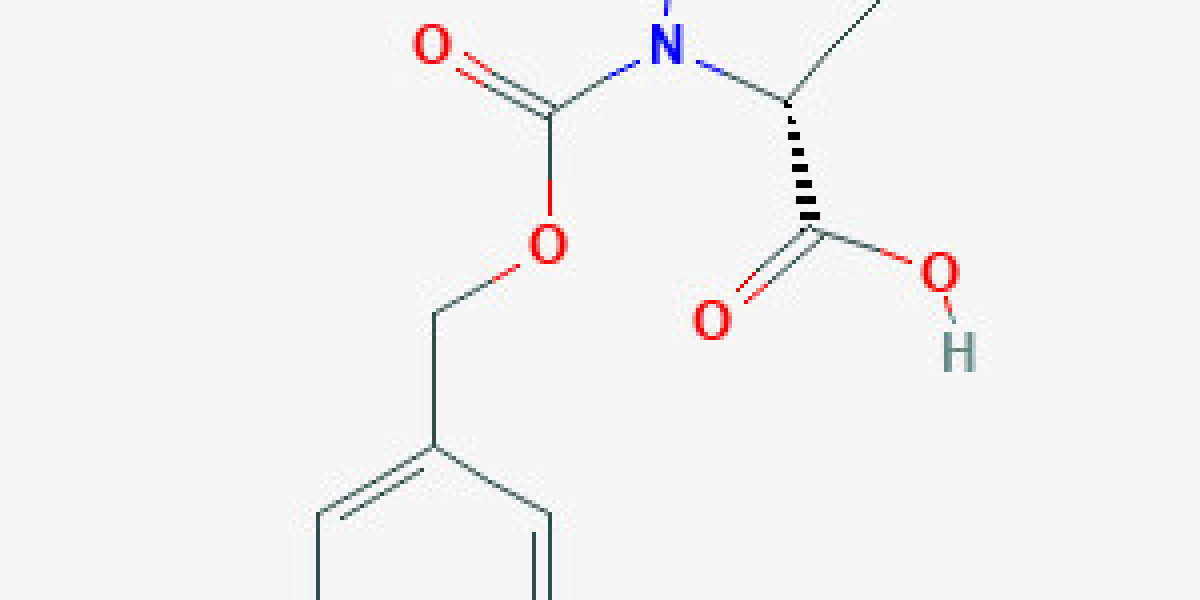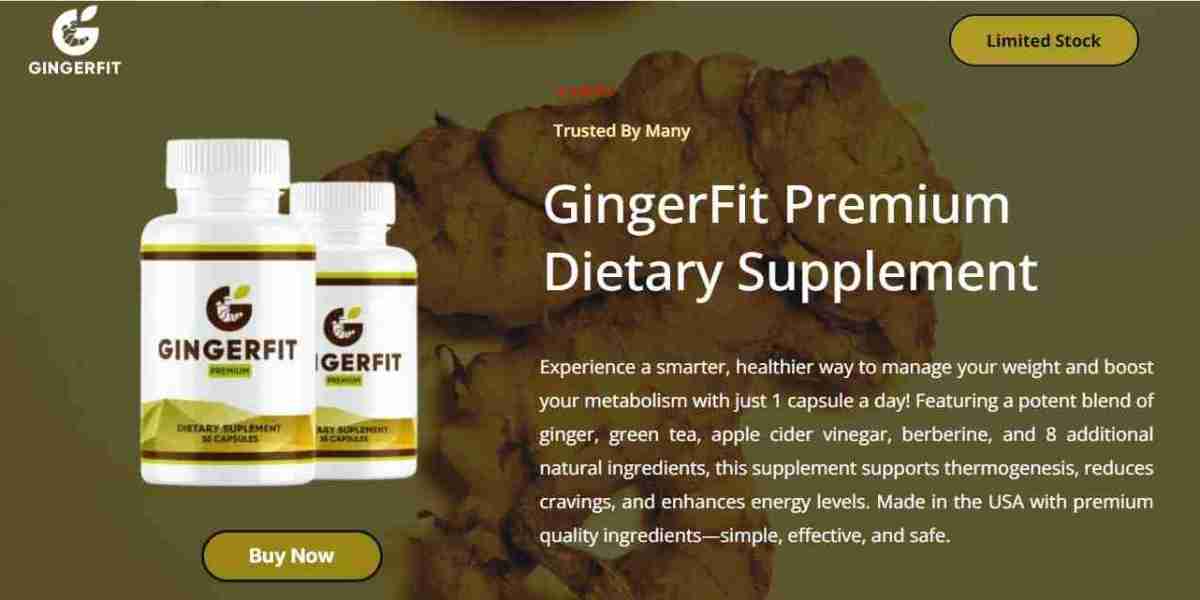How to reduce harmful substances in cosmetic raw materials?
Reducing harmful substances in cosmetic raw materials requires starting from three aspects: raw material control, production process, and usage methods:
Raw material quality control
Selecting sterilized raw materials provided by legitimate suppliers, especially plant extract raw materials, requires strict inspection of mold and yeast content. Avoid using natural ingredients that have not been disinfected (such as unsterilized seaweed, corn starch, etc.), as these raw materials are prone to carrying microorganisms that can cause contamination during the production process.
Optimization of production process
Sterilization technology: Using irradiation sterilization (high-energy electron beam sterilization) or hydrogen peroxide silver ion composite formula, it can kill stubborn molds without residue and is suitable for disinfection in cosmetic production environments.
Equipment cleaning: Regularly clean the biofilm on the filling line and the inner wall of the pipeline to avoid residual disinfectant problems (such as chlorine containing disinfectants that may produce trichloromethane).
Production standards: Optimize the process flow to reduce the risk of microbial contamination, such as aseptic packaging, low-temperature processing, etc.
Ingredient selection and use
Avoid containing risky ingredients: prioritize choosing cosmetics products that are free of alcohol, mineral oil, and parabens preservatives.
Timely makeup removal: Remove makeup as soon as possible after applying makeup to avoid the penetration of heavy metal residues (such as lead and mercury) into the skin.
Barrier repair: use the repair essence containing mussel mucin, Centella asiatica and other ingredients to strengthen the skin immunity.





